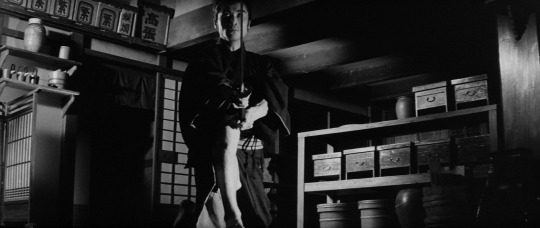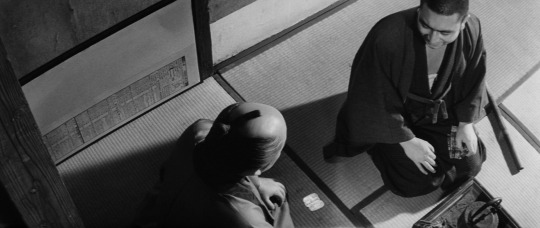#the tale of zatoichi
Text

A stunning poster for The Tale of Zatoichi (1962), the first of the 26-film series starring Shintaro Katsu as the wandering blind swordsman.
The poster also features Shigeru Amachi as Miki Hirate, the ronin with whom Zatoichi befriends and, tragically, must duel; and Masayo Banri as Otane, the woman who falls in love with Ichi. Otane has the distinction of being the only character to appear in three films in the series.
Man o man, I gotta get me one of these for my wall.
#The Tale of Zatoichi#Zatoichi#Shintaro Katsu#Miki Hirate#Shigeru Amachi#Otane#Masayo Banri#yakuza#anma#ronin#blind masseur#chambara#jidaigeki#samurai#Daiei Film
7 notes
·
View notes
Text
A very happy birthday in the afterlife to Shintaro Katsu!
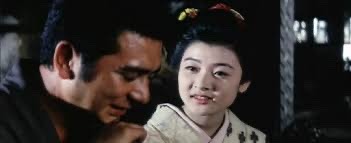

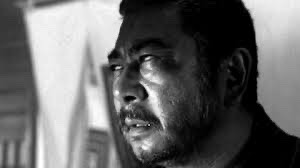
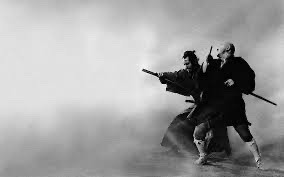

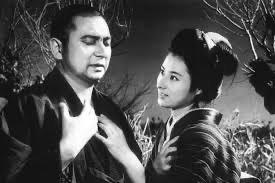




#shintaro katsu#zatoichi#the hoodlum soldier#actor#singer#filmmaker#the tale of zatoichi#the new tale of zatoichi#zatoichi meets Yojimbo#Hanzo the razor: sword of Justice#hanzo the razor: who’s got the gold#samurai vendetta#zatoichi at large#japanese cinema#an actors revenge
52 notes
·
View notes
Text
The Tale of Zatoichi Continues on Letterboxd
0 notes
Text
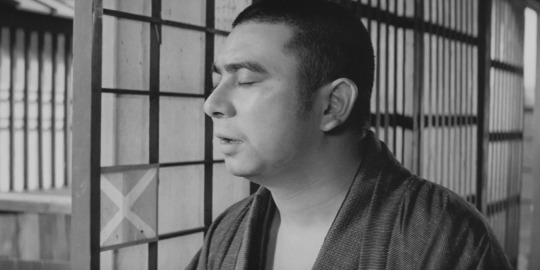
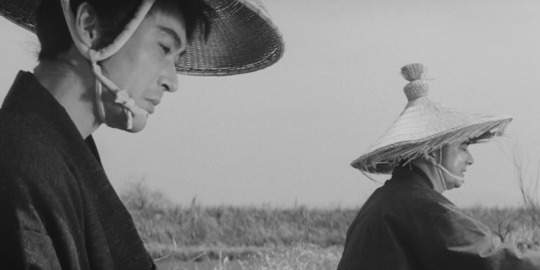
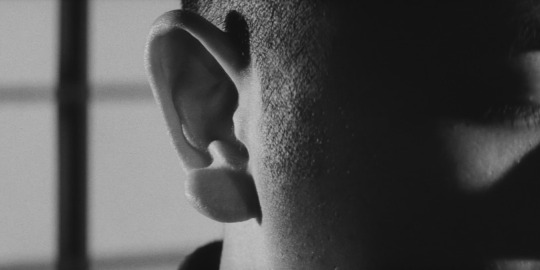

The Tale of Zatoichi, Kenji Misumi, 1962.
0 notes
Text
O Conto de Zatoichi (1962), dir. Kenji Misumi.
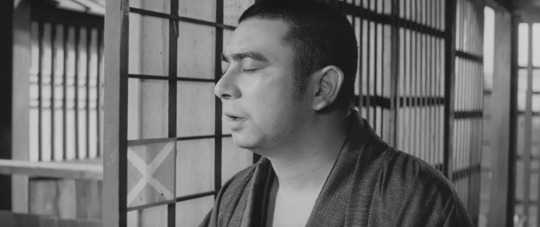



Review originalmente postada: 09/Fev/2023 no Letterboxd.
Devo confessar que fui pego de surpresa, tinha um pré-conceito sobre a franquia do Zatoichi, pelo simples fato de ter tantos filmes, achava que era só filmes baratos de samurai para ganhar dinheiro fácil. Felizmente dei uma chance, percebi que é muito mais do que isso.
O filme tem uma ótima fotografia, com enquadramentos que exploram a cegueira do Zatoichi de maneira muito criativa. E não tem essa de filme barato, a produção foi autêntica em recriar um Japão do período Edo. Um dos elementos mais fortes do filme é a atuação do Shintaro Katsu, que tem uma presença que faz jus em encarnar um personagem em tantos filmes.
Outra parte que gostei, é sempre legal de ver como a Yakuza era no Período Edo, era um temor e respeito por samurais, mesmo que samurais estivessem em decadência nesse período. Um exemplo é mesmo um chefe Yakuza com 60 yakuzas do seu lado, temia lutar contra apenas 1 samurai.
#Zatoichi Monogatori#The Tale of Zatoichi#Zatoichi#O-Tane#Miki Hirate#Shintaro Katsu#Masayo Banri#Shigeru Amachi#chambara#jidaigeki#samurai#ronin#yakuza#cinema#movie#japan movies#movies#japan cinema#japanese cinema#kenji misumi#love and tragedy
1 note
·
View note
Text
Now watching:

13 notes
·
View notes
Text



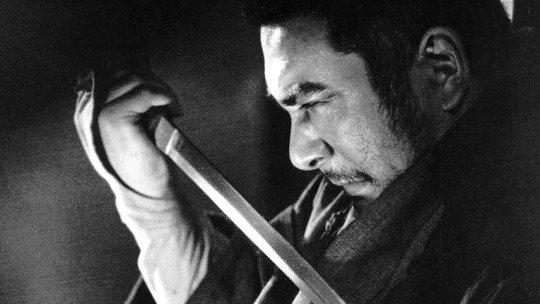


is poetry in sorrow all there is to ease our suffering? can we cherish the tragic without succumbing to it?
3 notes
·
View notes
Text
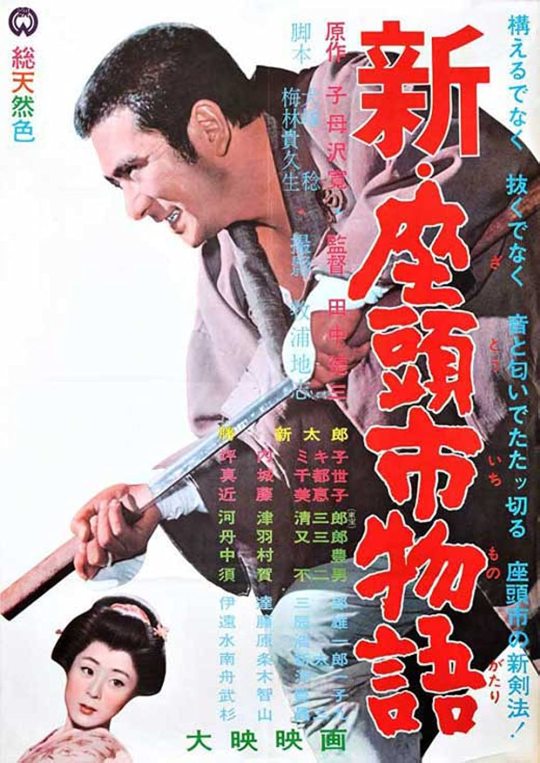
New Tale of Zatoichi (1963)
dir. Tokuzō Tanaka
1 note
·
View note
Photo

ZATOICHI MONOGATORI aka THE TALE OF ZATOICHI
Released April 12, 1962.
The first of a series of 25 films that ran from 1962 through 1973, followed by a 100-episode television series, and a final film in 1989, all starring the inimitable Shintaro Katsu as Zatoichi the blind swordsman.
This film is more deliberately paced than the bulk of the series. However, It does a wonderful job of introducing Ichi and the world he lives in. Many of the mainstays of the series are seen here for the first time: Ichi winning at dice despite his blindness, Ichi’s intolerance for yakuza who trod all over the common folk, Ichi’s lightning-fast swordplay, and his strong sense of justice.
The film is loosely based on a short story from 1948 by Kan Shimozawa. That story gave the reader just the barest details about Zatoichi,; he’s more of a mystery than anything else. Luckily, Katsu-san was up to the challenge of fleshing the character outing bringing him fully to life.
The film - and Ichi himself - proved to be so popular that the sequel, The Tale of Zatoichi Continues (Zoku Zatoichi Monogatori) was released exactly six months later.
#Zatoichi Monogatori#The Tale of Zatoichi#Zatoichi#O-Tane#Miki Hirate#Shintaro Katsu#Masayo Banri#Shigeru Amachi#chambara#jidaigeki#samurai#ronin#yakuza
27 notes
·
View notes
Text

Spectacle Radio ep.100 :: 05.11.23 :: It's horrible, I love it, what is it?
Slava Tsukerman - Liquid Sky (1982)
Main Titles from Quartier Mozart (Jean-Pierre Bekolo, 1992)
Tokyo Kid Brothers - I kind of hate my father (Throw Away Your Books, Rally in the Streets // Shuji Terayama, 1971)
De Kalafe e a Turma - Guerra (Awakening of the Beast // Joes Moijica Marins, 1970)
Stelvio Cipriani - Week-end with Mary (Femina Ridens // Piero Schivazappa, 1969)
Nicola Piovani - Main Titles from Footprints on the Moon (Luigi Bazzoni, 1975)
-
Michael Nyman - Squaline Fallaize (The Falls // Peter Greenaway, 1980)
Zdeněk Liška - The Deadly Invention (Karel Zeman, 1958)
Andrzej Korsynski - Main Titles from The Devil (Andrzej Zulawski, 1972)
Vangelis - Entends Tu Les Chiens Aboyer (Do You Hear the Dogs Barking? // François Reichenbach, 1975)
Stelvio Cipriani - La Polizia Chiede Aiuto #4 (Massimo Dallamano, 1974)
Rheingold - FanFanFanatisch (Der Fan // Eckhart Schmidt, 1982)
Þeyr - Rúdólf (Rokk Í Reykjavík, 1982)
Jean-Michel Jarre - Zoolook (Remix) (Magic of the Universe // Tata Esteban, 1986)
Westernhagen - Celebration (Supermarkt // Roland Klick, 1974)
J.A. Seazer - Buddha Child (Pastoral: To Die in the Country // Shuji Terayama, 1974)
Toru Takemitsu - End Titles from The Ruined Map (Hiroshi Teshigahara, 1968)
Michael Nyman - Castral Fallvernon (The Falls // Peter Greenaway, 1980)
-
Phil Oakley & Giorgio Moroder // Together In Electric Dreams (from Electric Dreams, 1984)
Rheingold // Fan Fan Fantatisch (from Der Fan, 1982)
Hiroyuki Onogawa // from August In the Water (1995)
Chuck Cirino // from Chopping Mall (1986)
Yuji Koseki // from Mothra (1961)
Shintaro Katsu // Otento-san (theme from Tale of Zatoichi, 1962)
music from Out 1 (1971)
Hussein al-Iman // music from Anyab (1981)
Anna Karina // Roller Girl (from Anna, 1967)
Fabio Frizzi & Cricket // You Are Not the Same (from Contraband, 1980)
Stardust Brothers // Crazy Game (from Legend of the Stardust Brothers, 1985)
BED: theme from 300 (2006) slowed down x3
-
Simon Boswell - It’s Horrible, I Love it, What Is It? (Hardware, 1990)
Method Man - Release Yo Self (Prodigy remix) (One Eight Seven, 1997)
Shriekback - The Big Hush (Manhunter, 1986)
Tangerine Dream - Teetering Scales (Miracle Mile, 1988)
Sue Saad - Looker (Looker, 1981)
Sheryl Lee Ralph feat. Cedella Marley & Sharon Marley Prendergast - The Mighty Quinn (The Mighty Quinn, 1989)
3 notes
·
View notes
Text
The Tale of Zatoichi on Letterboxd
0 notes
Text




New Tale of Zatoichi, Tokuzō Tanaka, 1963.
0 notes
Text
Novo Conto de Zatoichi (1963), dir. Tokuzô Tanaka.

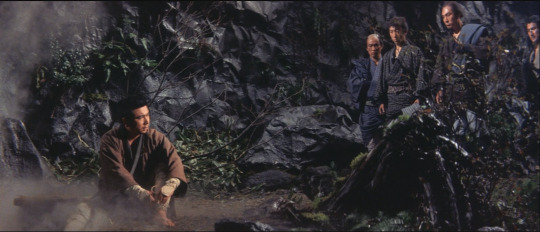


Review originalmente postada: 20/Fev/2023 no Letterboxd.
Neste terceiro longa da franquia, o primeiro filme em cores da franquia, volta com um ritmo parecido com o primeiro filme, dando mais tempo de tela para explorar o drama da vida do protagonista e menos ação, ao contrário do que vimos no segundo.
Aqui vamos ver o anseio por uma vida normal por Zatoichi, cansado da violência, inveja uma vida de trabalho humilde, com uma esposa em casa. Nada de uma vida de Yakuza, jogatina ou luta de espadas. Isso foi sondado nos primeiros filmes, mas aqui, o filme todo se envolve neste drama.
A questão da moralidade do Zatoichi é posto para pauta. Por isso, somos apresentados a mais personagens do passado do Zatoichi, quando o mesmo decidiu que precisava treinar para sua sobrevivência. Seu sensei, se mostra alguém não confiável. Seu inimigo, se mostra honrado. Diversas dúvidas para o mesmo.
Não sei se a mudança para um filme colorido, as cenas de ação ficaram menos interessantes na exploração da cegueira do Zatoichi. Sem dúvidas, dos três primeiros, é o filme com as cenas de ação mais fracas.
No entanto, isso não tira o mérito do filme, as melhores cenas são a exploração da perdição da vida do Zatoichi, o seu drama parece nunca acabar, sempre perdendo um amor ou um amigo. Aqui vemos o mais perto de desistir de tudo por esse personagem.
#新・座頭市物語#new tale of zatoichi#1960s#tokuzo tanaka#japanese movies#japanese cinema#samurai cinema#movies#japan movies#movie#cinema#japan cinema
0 notes
Text

Shintaro Katsu as Zatoichi
The Tale Of Zatoichi (1962)
6 notes
·
View notes
Text
Recently Viewed: Kenji Misumi’s Yotsuya Kaidan (1959)
[The following review contains MAJOR SPOILERS; YOU HAVE BEEN WARNED!]
Yotsuya Kaidan is Japan’s most popular and frequently adapted ghost story. While the core premise is basically consistent from version to version—penniless ronin Tamiya Iemon falsely accuses his wife of adultery as a pretext to divorce her and marry a wealthier woman, culminating in violence, regret, and vengeance from beyond the grave—the precise details of the narrative vary wildly between cinematic interpretations.

Shintoho’s 1959 film (helmed by Jigoku director Nobuo Nakagawa), for example, is a relentlessly dark (albeit vibrantly colorful) and bleakly cynical morality play; the protagonist is casually cruel and unrepentantly vile, with his grisly fate framed as karmic justice that the audience is intended to enthusiastically applaud. Keisuke Kinoshita’s 1949 duology, on the other hand, depicts Tamiya far more sympathetically; despite his (thoroughly reluctant) complicity in the terrible crimes committed against his spouse, he’s motivated primarily by economic factors beyond his control and the corruptive influence of his slimy, manipulative, verminous “friend,” Naosuke. Indeed, it is implied that the “haunting” is merely psychological—a subconscious manifestation of the central character’s guilty conscience. (Ironically, this “social realism” makes Kinoshita’s movie feel more subversive and revolutionary than Nakagawa’s comparatively lurid and gory effort.)
Kenji Misumi’s radically revisionist spin on the classic tale, however, probably takes the most liberties with the surprisingly malleable source material. Here, Tamiya (played by megastar Kazuo Hasegawa—which goes a long way towards explaining the particular “quirks” in his portrayal) is borderline heroic—an archetypal gruff-yet-chivalrous swordsman cut from the same cloth as Zatoichi and Tange Sazen. He’s also so passive and devoid of agency that he resembles the eponymous “specter” in Hammer’s The Phantom of the Opera, remaining virtually blameless for the (unnecessarily convoluted) series of events that result in his tragic downfall. He’s totally unaware of Naosuke’s devious conspiracy to humiliate, defame, and ultimately murder his wife, and although he still participates in an extramarital affair, the relationship appears to be purely transactional (and may not be overtly sexual; the extent of the “lovers’” physical intimacy is left deliberately ambiguous)—driven to desperation by poverty, he only indulges his mistress’ affections in exchange for money and lavish gifts. The editing, in fact, at one point explicitly juxtaposes his infidelity with that of his sister-in-law, who works part-time as a “waitress” at a “bathhouse” in order to supplement her husband’s meager income. Naturally, Tamiya’s relative “innocence” completely recontextualizes the story’s climax and denouement; whereas the character usually suffers an appropriately shameful, pathetic, undignified demise, Misumi allows him to achieve a measure of redemption via his glorious, honorable, beautiful death—sprawled at the feet of a bronze Buddha statue, wrapped in his wife’s favorite kimono, bathed in heavenly sunlight.

Pulpy, unsubtle, and unapologetically melodramatic even by Daiei’s standards, Yotsuya Kaidan isn’t the “best” adaptation of the original kabuki production, but Misumi’s various audacious departures from the “traditional” formula certainly distinguish it as one of the most interesting, unique, and undeniably compelling. For fans of chanbara and J-horror alike, it is essential viewing.
#Yotsuya Kaidan#Yotsuya Kwaidan#Ghost Story of Yotsuya#Kenji Misumi#Kazuo Hasegawa#Daiei#Japanese film#Japanese cinema#Japanese horror#J-horror#J horror#chanbara#Film Forum#chambara#film#writing#movie review
0 notes

